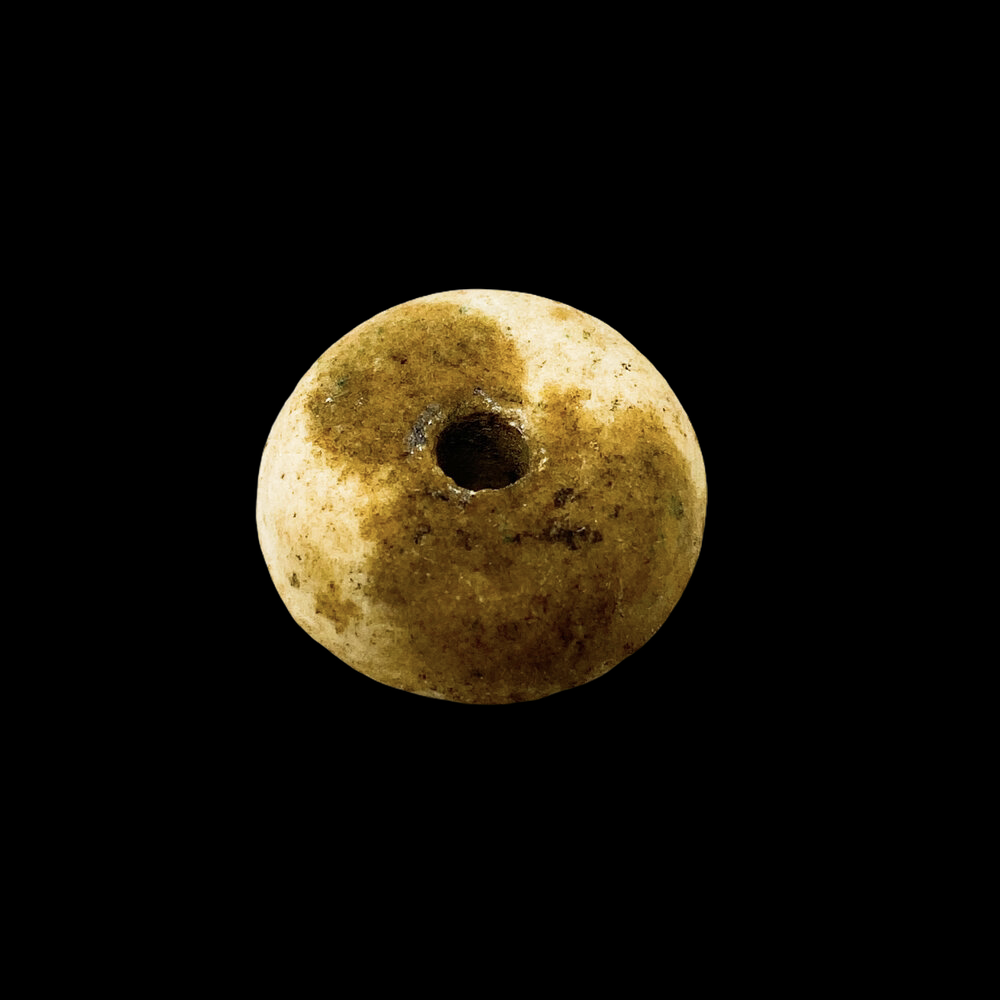Battle of Ypres German Grenade Ignitor Pull Bead - Battlefield Excavated Relic





Battle of Ypres German Grenade Ignitor Pull Bead - Battlefield Excavated Relic
*Excavated from the Battle of Ypres battlefield.
Relic: German Grenade Ignitor Pull Bead
This World War I relic was discovered during a professional excavation of the infamous Battle of Ypres battlefield. These relics were dug, cataloged, and lightly cleaned for preservation purposes. The value to these relics is not what they are, but the moments they witnessed in history.
The German "Stielhandgranate” was a hand grenade with a distinct and very unique design. While the Stielhandgranate saw minor design improvements throughout the war, it became the standard issued hand grenade of the German Empire during the course of World War I. Because of its distinct shape, during the initial phases of the war, British soldiers began nicknaming the German grenade as a "potato masher" due to its long and narrow appearance. This British Army slang soon spread to A.E.F. soldiers and it was carried on later by Allied soldiers fighting the Germans during WWII. In 1915 the German Empire designed its first version of the stick grenade known as the Model 1915 (M15). The grenade itself was constructed of a cylinder charged explosive steelhead mounted on the top of a long and narrow wooden handle. To prime and activate the grenade, the soldier would unscrew the metal cap located near the base and pull a cord running through the length of the hollowed wooden barrel. Pulling the string downwards dragged the primer through the igniter within the fuse, giving the German soldier approximately 4 to 5 seconds before the detonator exploded.